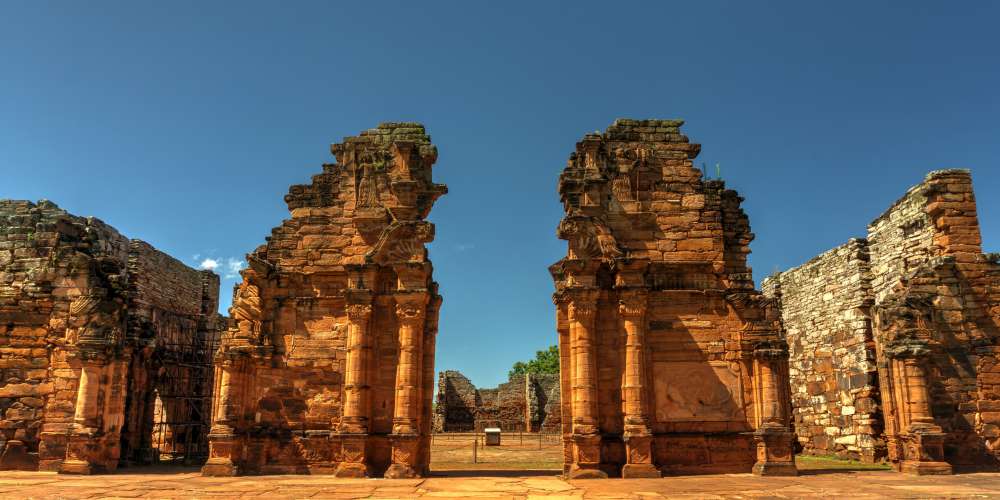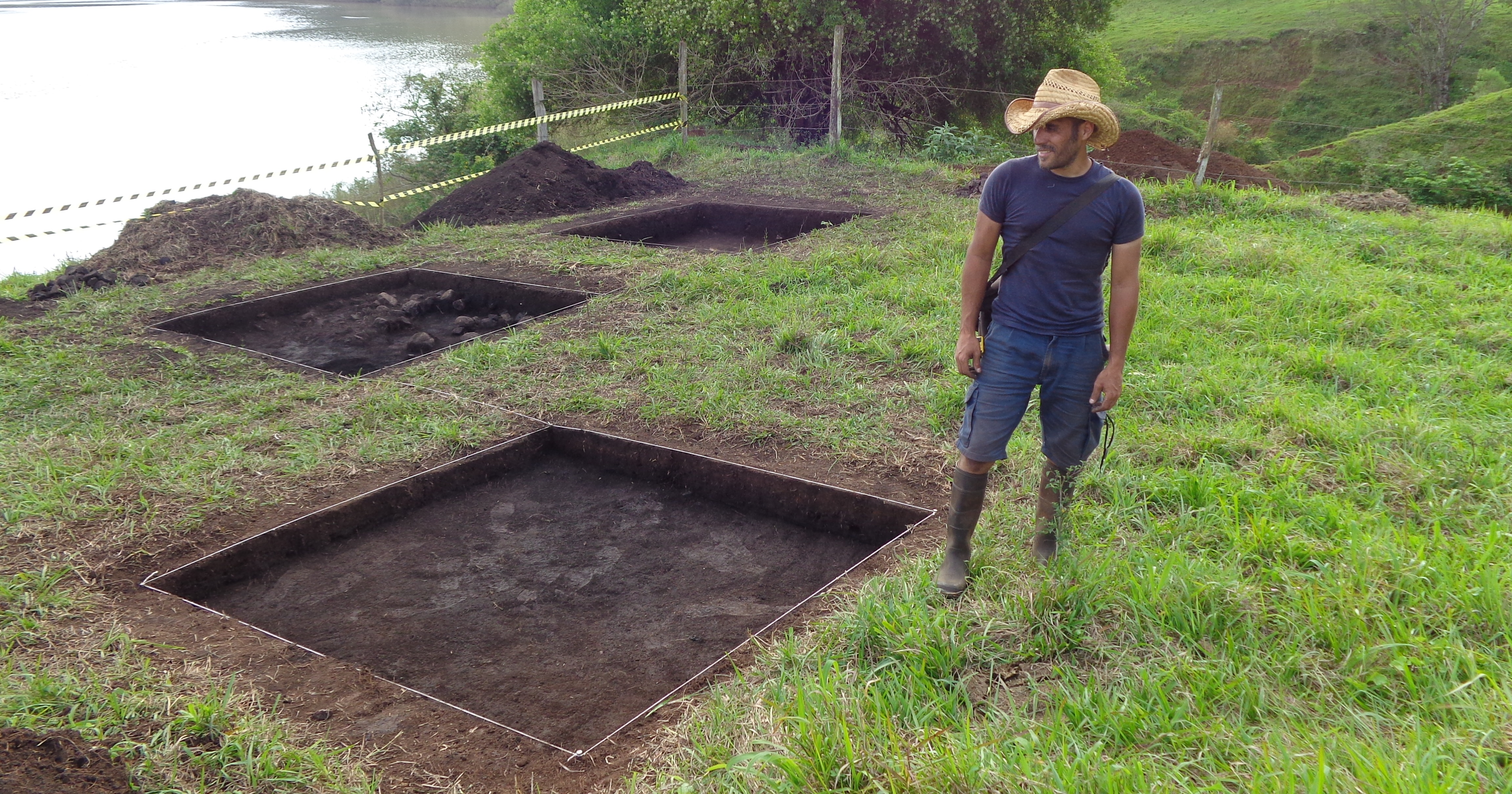One of Awasi’s defining features is the fact that, at all three of our Relais & Chateaux lodges, Awasi Atacama, Awasi Patagonia and Awasi Iguazu, guests are provided with a private guide and vehicle for the duration of their stay. Our guides are known for their enthusiasm, knowledge and expertise, due in no small part to the training they undergo.
At Awasi Iguazu, our lodge hidden amongst the trees of the Atlantic Rainforest in Misiones, northern Argentina, our guides are especially well versed in the unique and fascinating history, culture, flora and fauna to be found in this enchanting environment. The area is home to the Guaraní, whilst Jesuits also settled the region in the 17th century with a view to convert the local indigenous populations – guests can visit the spectacular and haunting ruins of their settlements crumbling in the jungle.

San Ignacio Mini – Jesuit Missionary Ruins
At Awasi Iguazu, we have recently started working with David Pau, an archaeologist currently based in the Museum of Prehistory of Eldorado in Misiones. In combination with his ongoing archeological work, he has spent time with our guides, training them and imparting his substantial knowledge of the history of the region. He has also helped identify sites of particular interest to add to the large number of excursions available to guests, and regularly gives lectures and talks on the region.

We sat down with David to get to know a little more about why he chose a career in archaeology and how he came to find himself working with Awasi in Misiones.
What are you currently working on? Tell us a bit about your work.
Currently I work as coordinator of the Prehistory Museum of Eldorado (Misiones). I develop strategies for scientific transfer and heritage management, producing content and educational activities for the entire community. At the same time, I co-direct archaeological research projects related to regional prehistoric past, the first Jesuit missions and the Triple Alliance war.
Why, when and how did you choose to become an archaeologist? What’s the story behind how you ended up here?
As a child I was passionate about ancient history. I used to read anecdotes and events about the past. Over the years, I realized that, on many occasions, the historical account was incomplete. That was when I decided to study archeology. I chose to be the one who told the story, incorporating events and anonymous actors, who have been part of it.

What do you love most about your job?
My first reading book was “The Little Prince”. In one part of the book it said: “The beauty of the desert is that it can hide a well anywhere.” That image was kept in my mind and accompanied me during all these years at each field trip. I like to think that the key to understanding our past could be hidden anywhere.
What’s the most exciting thing you’ve ever discovered?
This has been a recurring question throughout my years of work. For an archaeologist, the finding of an object takes on value according to the information it can provide in the reconstruction of the past. It is not the object itself that is important, but what it can tell us, about what we don’t know. The most emotional discovery I did was a small aboriginal ceramic fragment of little over a thousand years old. That insignificant object marked my life forever.

What are the worst things about being an archaeologist?
Archaeologists must face every day, many setbacks. But, as in most scientific disciplines, the worst part of my job is that I cannot count on the financial resources necessary to finance it.
What were you doing before you moved to Misiones?
Before traveling to Misiones, I was a collaborator in different national and international research projects. My knowledge in the study of human bone-remains, opened the door to different archaeological contexts: prehistoric, historical, urban lowland and South American wetlands.

What first drew you to Misiones – why did you decide to work there?
I came to Misiones by chance. I was summoned to audit the research tasks of a foreign archaeologists’ team. At the end of the work they proposed me to coordinate two regional museums. The reason why I decided to settle in Misiones was because of the province’s need for systematic and continuous investigations, since all the information available at the time of my arrival consisted of incomplete descriptions of isolated archeological sites and poorly documented artifacts.
How did your collaboration with Awasi come about, and what does it entail?
I was asked to come to Awasi, along with other trainers, to transmit scientific knowledge to the guides on prehistory and regional past. At the same time, I participated in the selection of the locations of the historical tours. Since then I have offered permanent advisory services in relation to the preparation of the scripts of historical / archaeological tours, locations, bibliographic contents and transfer to guests as part of the “lecture” program. Being a partner of Awasi implies a great commitment and responsibility in terms of service and excellence. The warmth and cordiality provided by those who make up Awasi resulted in a personal bond of which I feel proud and full of satisfaction.

And finally, if you weren’t an archaeologist, what would you be?
I can’t imagine being anything other than an archaeologist, since, paraphrasing Sherlock Holmes, I would say “it is what I do best in the whole world.”

